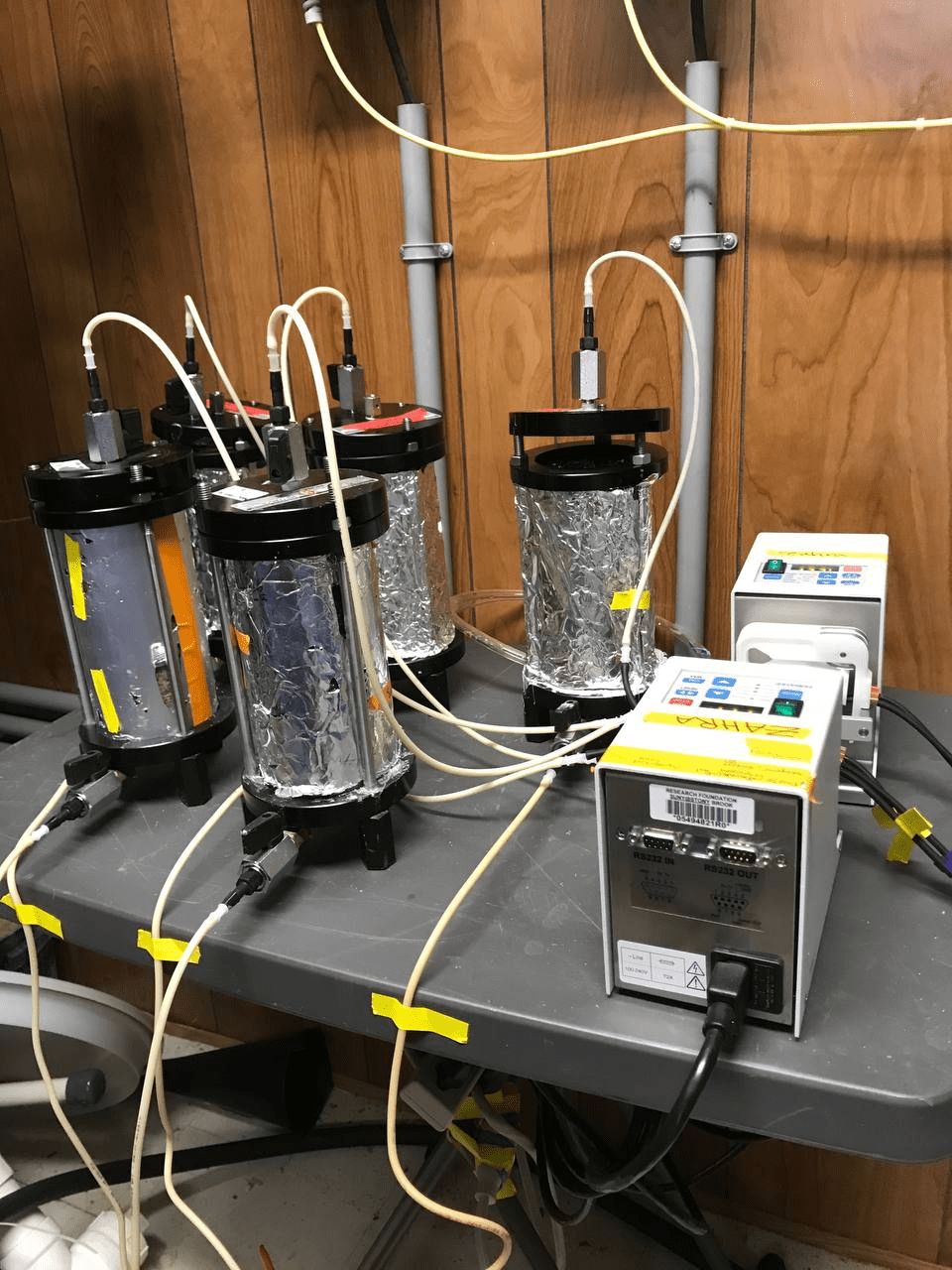Center Study Finds Biochar Amendment Can Enhance N Removal by NRBs
 Biochar has been widely used as an ideal soil amendment in agriculture due to its
persistence, superior nutrient-retention properties, low cost, and readily availability.
However, few studies have explored its use and impact on domestic wastewater treatment
at residential scale. The Center for Clean Water Technology’s long-term column work
demonstrated proper biochar amendment ratio (30%) could enhance the nitrification
performance of sand filters treating septic tank effluent (STE) by increasing the
system hydraulic retention time, providing additional alkalinity for nitrification,
and serving as a growth media for enhanced biomass growth. Biochar surface characteristics
changed little after 8-month wastewater filtration. The Center’s research has been
published in the Journal of Environmental Quality and can be found here.
Biochar has been widely used as an ideal soil amendment in agriculture due to its
persistence, superior nutrient-retention properties, low cost, and readily availability.
However, few studies have explored its use and impact on domestic wastewater treatment
at residential scale. The Center for Clean Water Technology’s long-term column work
demonstrated proper biochar amendment ratio (30%) could enhance the nitrification
performance of sand filters treating septic tank effluent (STE) by increasing the
system hydraulic retention time, providing additional alkalinity for nitrification,
and serving as a growth media for enhanced biomass growth. Biochar surface characteristics
changed little after 8-month wastewater filtration. The Center’s research has been
published in the Journal of Environmental Quality and can be found here.
